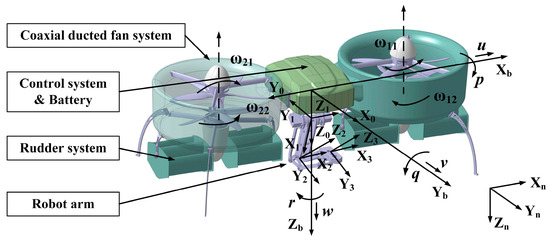

This is precisely when I need to be most careful about making decisions or concluding that everything is, in fact, hopeless. If I'm tired or stressed out, my mood worsens. Needless to say, there's more to this than just brain chemistry. More likely, my depression has just temporarily kicked up a notch. If I feel like the world is doomed and everything is hopeless, it's probably not because that's actually true.

This has taught me a lesson: I need to always be keenly aware of my emotions. These days I take an antidepressant, and it helps, but only a little bit.

Sometimes I feel worse, sometimes I feel a little better. It's not debilitating, and it comes and goes. This may seem like it's a little out of the blue, but I have some advice for everyone.įor most of my life I've suffered from chronic, mild depression. If better data comes my way, I'll let you know. Don't take it as gospel, but as a rough estimate. This is the best I could come up with doing a non-expert review of the literature. The "N95 non-fitted" line is probably the most accurate for real life. And you should probably assume that even if you're being careful, your spiffy N95 mask isn't all that well fitted. The KN95 number is based on a single result and is pretty iffy. Just generally, I'd beware of the N95 numbers. If you're wearing a surgical mask and everyone else is wearing cloth masks, it provides about 3x the protection of doing nothing. Here's another way of looking at the same data: If you're wearing a non-fitted N95 and everyone else is wearing surgical masks, you'll reduce particle volume to 13% compared to nothing, an 8x improvement. What it tells you, in theory, is that if everyone is wearing surgical masks, you'll reduce particle volume to 21% compared to wearing nothing. Here's my version based on the averages above: If we then assume that masks are equally effective at both inward and outward protection, you get the famous matrix. That's where the disagreement over effectiveness comes from.)Īnyway, I can't adjudicate the different estimates, so I just averaged them all. We ordinary folks never do the first part, and it's unclear how much we do the second part. The second part is a user fit test, which you do every time you put on the mask. Once you find a mask that passes, you are expected to wear exactly that kind of mask forever. The first part is an annual test that takes about 20 minutes. (And what does "well fitted" mean? Technically it has two parts. In real life, he thinks a surgical mask is probably better than an N95. Conversely, Koh is a skeptic because he believes the public is hopeless about wearing them properly. On the one hand, Duncan provides a spectacular estimate that a fitted N95 mask blocks 99.4% of all virus particles. The widest disagreement comes with the N95 masks. If you do nothing but everyone else is wearing cloth masks, it reduces your exposure to 70% of what it would be if everyone else was also maskless. Conversely, a well-fitted N95 mask allows only 5% of the particles through. So even if everyone else is unmasked, a typical cloth mask reduces your exposure to 70% of what you'd get if you wander around barefaced. These numbers represent the percentage of virus particles that the mask allows through, with the average shown in the far right column. Their results are not always easy to summarize, but here's my best shot: In the end, I found four: Duncan, Smith, the EPA, and Koh. So I started to look around for other estimates. However, his matrix is labeled as a "sample calculation," which suggests it's something of a guess-though certainly an educated one. Long story short, the earliest version I can find comes from Simon Smith, a Canadian expert in respirator filters. Second, I began to wonder where that matrix came from. The new hotness is that masks do indeed protect both you and other people. That, however, turns out to be the old hotness. And after a bit of investigation I've come to a couple of conclusions.įirst, the old conventional wisdom is that masks reduce the number of virus particles you exhale, therefore helping keep the air clean for others, but they don't do much to protect you. Since then several people have sent me versions of something you may have seen: a matrix that provides a set of numbers-sometimes filter efficiency, sometimes estimates of how long they protect you-that depend on the type of mask you're wearing and the type of mask other people are wearing.Īs it happens, that matrix is what started me thinking about this in the first place. A few days ago I wondered aloud about how good various kinds of masks are.


 0 kommentar(er)
0 kommentar(er)
